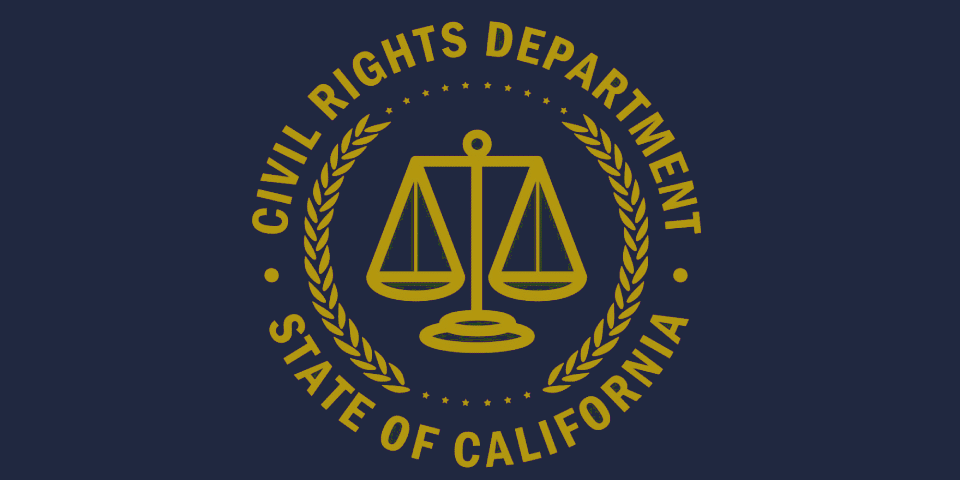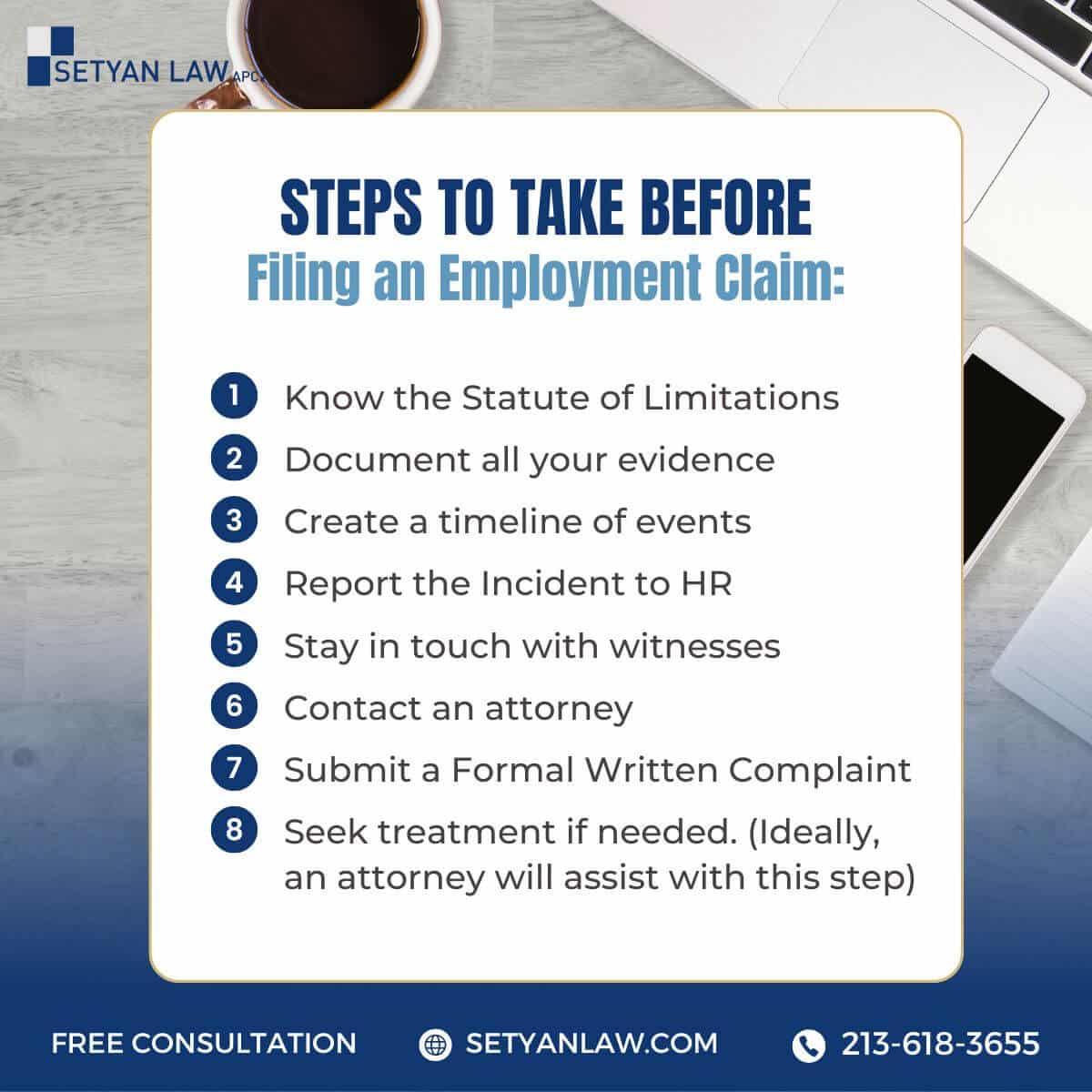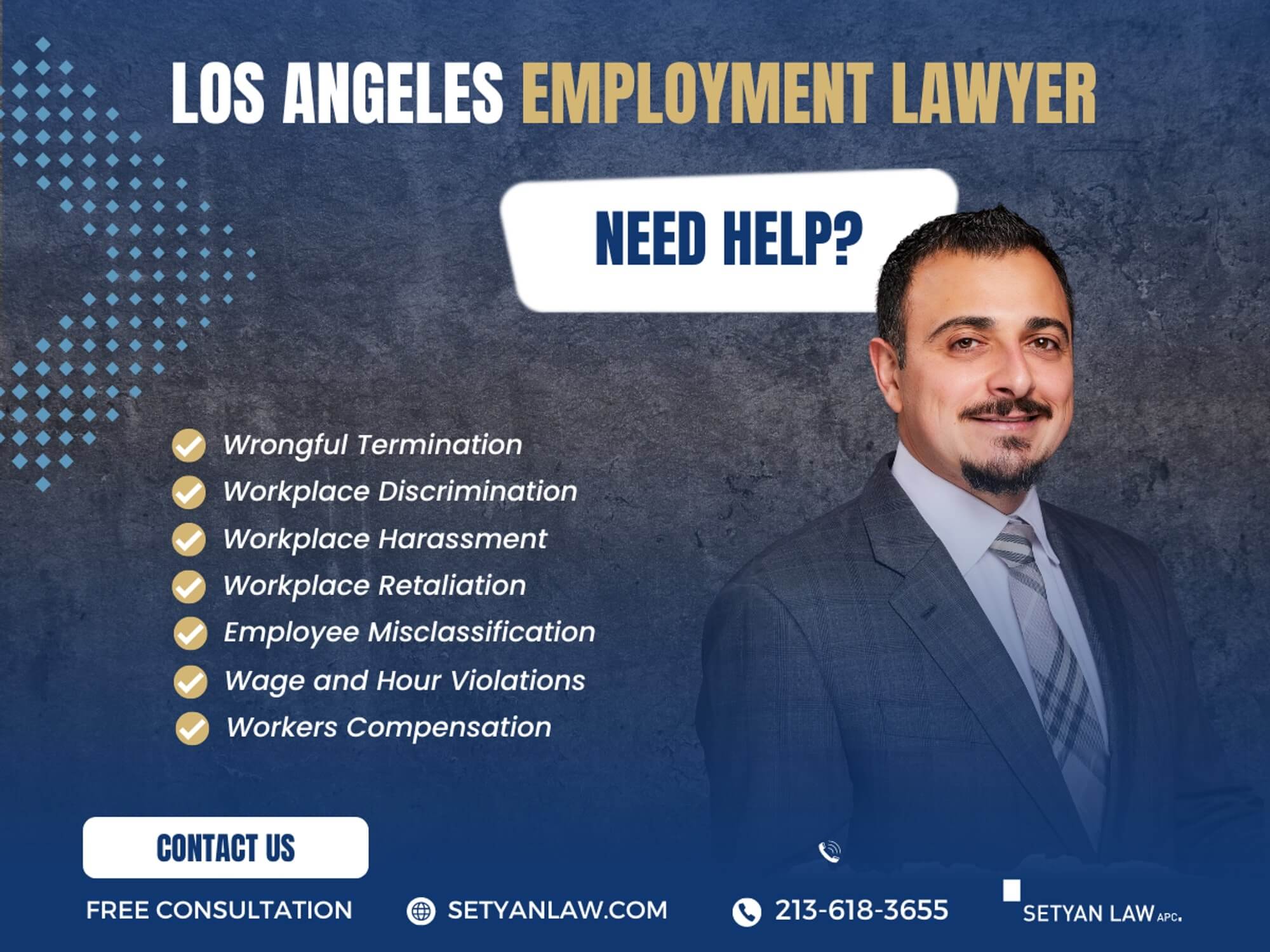Updated October 17, 2025
Understanding Right-to-Sue Notices Under California Law
When facing workplace discrimination or harassment in California, understanding your legal options is crucial. A Right-to-Sue notice is an essential document that allows you to pursue justice through the court system. This comprehensive guide explains what these notices are, when you might need one, and the process for obtaining one through the California Civil Rights Department (CRD).
Experiencing discrimination at work can be overwhelming, but California law provides robust protections for employees. Before filing a lawsuit, however, you must first secure a Right-to-Sue notice—a critical procedural step that preserves your legal rights.
What Is a Right-to-Sue Notice?
A Right-to-Sue notice is an official document issued by the California Civil Rights Department that grants you permission to file an employment discrimination lawsuit in court. Under California law, this notice is a mandatory prerequisite before pursuing legal action against an employer for discrimination, harassment, or retaliation.
The notice essentially acknowledges that you’ve fulfilled the administrative requirement of notifying the appropriate government agency about your complaint. This process gives the CRD an opportunity to investigate the matter, while also preserving your right to pursue the case independently through the court system.
When you receive a Right-to-Sue notice, it starts a one-year countdown during which you must file your lawsuit. This timeframe is strictly enforced, making it essential to understand exactly when your notice was issued and to take prompt action.
Many employees don’t realize that obtaining this notice is not optional—it’s a required legal step under California employment law before filing discrimination lawsuits.
When Do You Need a Right-to-Sue Notice?
You need a Right-to-Sue notice whenever you plan to file a lawsuit alleging workplace violations under the Fair Employment and Housing Act (FEHA). This includes cases involving:
- Discrimination based on protected characteristics (race, gender, age, disability, etc.)
- Sexual harassment in the workplace
- Retaliation for reporting illegal behavior
- Failure to provide reasonable accommodations
- Wrongful termination related to protected status
The notice requirement applies regardless of the size of your employer or the severity of the discrimination. Even if you have compelling evidence and a strong case, courts will dismiss your lawsuit if you haven’t first obtained this critical document.
It’s important to note that the Right-to-Sue process is separate from filing a complaint for investigation. When you request a Right-to-Sue notice, you’re essentially choosing to handle your case through the court system rather than having the CRD investigate your complaint.
Two Paths: Investigation vs. Right-to-Sue
When facing workplace discrimination under California law, you have two primary options:
Request an investigation: The CRD examines your complaint, gathers evidence, and potentially facilitates mediation or settlement.
Request a Right-to-Sue notice: You bypass the CRD investigation process and prepare to file your own lawsuit in court.
These paths are mutually exclusive at the outset—if you request a Right-to-Sue notice immediately, the CRD will not investigate your complaint. However, if you initially choose investigation, you can still request a Right-to-Sue notice later if you’re unsatisfied with the progress or outcome.
Most employment attorneys recommend obtaining a Right-to-Sue notice if you’re planning to hire legal representation, as this gives you more control over the timeline and strategy of your case.
The Process for Obtaining a Right-to-Sue Notice
Securing a Right-to-Sue notice through the California Civil Rights Department involves several specific steps. The process has been designed to be accessible, but attention to detail is crucial.
Online Application Method
The most efficient way to obtain your Right-to-Sue notice is through the CRD’s online system:
- Visit the Cal Civil Rights System (CCRS) at ccrs.calcivilrights.ca.gov
- Create a free account if you don’t already have one
- Select the "Right to Sue" option from the main dashboard
- Complete the questionnaire with details about your situation and employer
- Submit your request electronically
The online system guides you through each required field and helps ensure you don’t miss critical information. Most applicants receive their Right-to-Sue notice within 10-14 days after submission.
Paper Application Alternative
If you prefer not to use the online system, you can also submit a paper application:
- Download the Right-to-Sue form from the CRD website
- Complete all required fields with detailed information
- Submit via email to contact.center@calcivilrights.ca.gov
- Or mail to: 651 Bannon Street, Suite 200, Sacramento, CA 95811
Paper applications typically take slightly longer to process than online submissions, so plan accordingly if you’re approaching any deadlines.
Information You’ll Need to Provide
When requesting a Right-to-Sue notice, you’ll need to gather specific information about yourself, your employer, and your situation. Being prepared with these details will streamline the process:
- Your complete contact information
- Your employer’s name, address, and phone number
- Number of employees at the company (if known)
- The name and contact information for the "Agent for Service" (often the HR manager or company president)
- Details about any co-respondents you wish to include
- The specific type of discrimination or harassment you experienced
- The date of the most recent incident
- A brief description of what happened
The more thorough and accurate your information, the more effectively the CRD can process your request and issue your notice.
Important Considerations Before Requesting a Right-to-Sue Notice
Before proceeding with a Right-to-Sue request under California law, carefully consider these important factors:
Legal Representation
While not technically required, having an attorney is strongly recommended if you’re planning to file your own lawsuit. Employment discrimination cases involve complex legal standards and procedural requirements that can be challenging to navigate without professional guidance.
Most employment attorneys offer free initial consultations and many work on contingency fees, meaning they only get paid if you win your case.
Timing Considerations
You have three years from the date of the alleged discrimination to file your complaint with the CRD. However, once you receive your Right-to-Sue notice, you have only one year to file your lawsuit in court.
This one-year deadline is strictly enforced by California courts, so mark your calendar and ensure you take action within this timeframe.
Federal Protections
The CRD Right-to-Sue notice only covers claims under California law. If you also want to pursue federal claims, you’ll need to separately contact the U.S. Equal Employment Opportunity Commission (EEOC) to obtain a federal Right-to-Sue notice.
Many attorneys recommend "dual-filing" with both agencies to preserve all possible legal options.
After Receiving Your Right-to-Sue Notice
Once you receive your Right-to-Sue notice under California law, several important steps follow:
- Consult with an attorney if you haven’t already done so
- Prepare your court complaint with all relevant details and legal claims
- File your lawsuit within the one-year deadline
- Serve the complaint on your employer according to legal requirements
- Proceed with the litigation process, including discovery and potential settlement negotiations
Remember that receiving the notice doesn’t guarantee success in your case—it simply gives you permission to bring your claims before a court. The strength of your evidence and legal arguments will determine the outcome.
Common Questions About Right-to-Sue Notices
Can I still settle my case after getting a Right-to-Sue notice?
Yes. Obtaining a Right-to-Sue notice doesn’t obligate you to file a lawsuit. Many cases settle before or shortly after filing. The notice simply preserves your right to sue if settlement negotiations fail.
What if my employer retaliates after I get a Right-to-Sue notice?
Retaliation for exercising your rights under California employment law is illegal. If your employer takes adverse action against you for obtaining a Right-to-Sue notice, this can form the basis for additional legal claims.
Can I request a Right-to-Sue notice for incidents that happened years ago?
Generally no. Under California law, you must file your initial complaint with the CRD within three years of the discriminatory act. After this deadline passes, your claims may be time-barred.
Do I need separate notices for multiple types of discrimination?
No. Your Right-to-Sue notice covers all types of discrimination or harassment you include in your initial complaint. However, if new incidents occur after you receive your notice, you may need to file a new complaint.
Accessibility and Language Assistance
The California Civil Rights Department is committed to making the Right-to-Sue process accessible to everyone. If you need accommodations due to disability or language barriers, several options are available:
- For disability accommodations: Call 800-884-1684 or email accommodations@calcivilrights.ca.gov
- For language translation: Use the translate button on the CRD website or call 800-884-1684
- For interpretation services: Contact the Communication Center at 800-884-1684
These services are provided free of charge to ensure equal access to the administrative process regardless of disability or primary language.
Conclusion
Navigating workplace discrimination requires understanding the proper legal channels. The Right-to-Sue notice is a crucial first step in the process of seeking justice through California’s court system. By following the procedures outlined in this guide, you can preserve your legal rights and position yourself to address workplace discrimination effectively.
Remember that while the administrative process may seem complex, it serves an important purpose in our legal system. With proper preparation and timely action, you can successfully navigate these requirements and focus on the substance of your case.
If you’re facing discrimination in the workplace, consider consulting with an employment attorney who specializes in California law to guide you through this process and help you evaluate the strength of your potential claims.
Why Choose Setyan Law, APC?
Consulting a wrongful termination attorney will provide you with the necessary guidance and support to navigate the legal process effectively. Remember, time is of the essence, so seek legal advice promptly to maximize your chances of a successful outcome.
California Workers: Call Setyan Law at (213)-618-3655 to schedule a free consultation.





